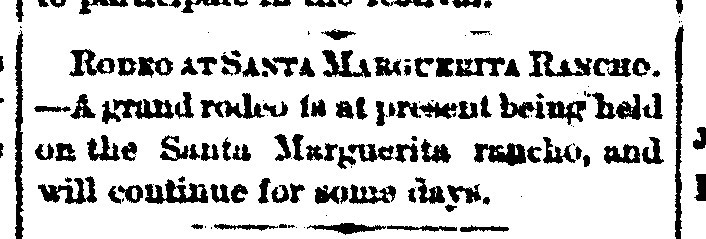There was a time when farm livestock outnumbered human beings in San Diego County, a time when much of the county looked like the photo below of Poway Valley from 1887:

Join me on April 1 at Ranch Bernardo Oasis as I present stories and slides from my research into our county’s agricultural history and the role agriculture still plays in our lives today.
To sign up for the class, you can go online to https://san-diego.oasisnet.org/san-diego-oasis-at-rancho-bernardo/, click on “Classes” and find “Class # 2289, San Diego County’s Agricultural History.” Or you can call 858-240-2880 and tell them you want to sign up for that class number and name. See you then!

